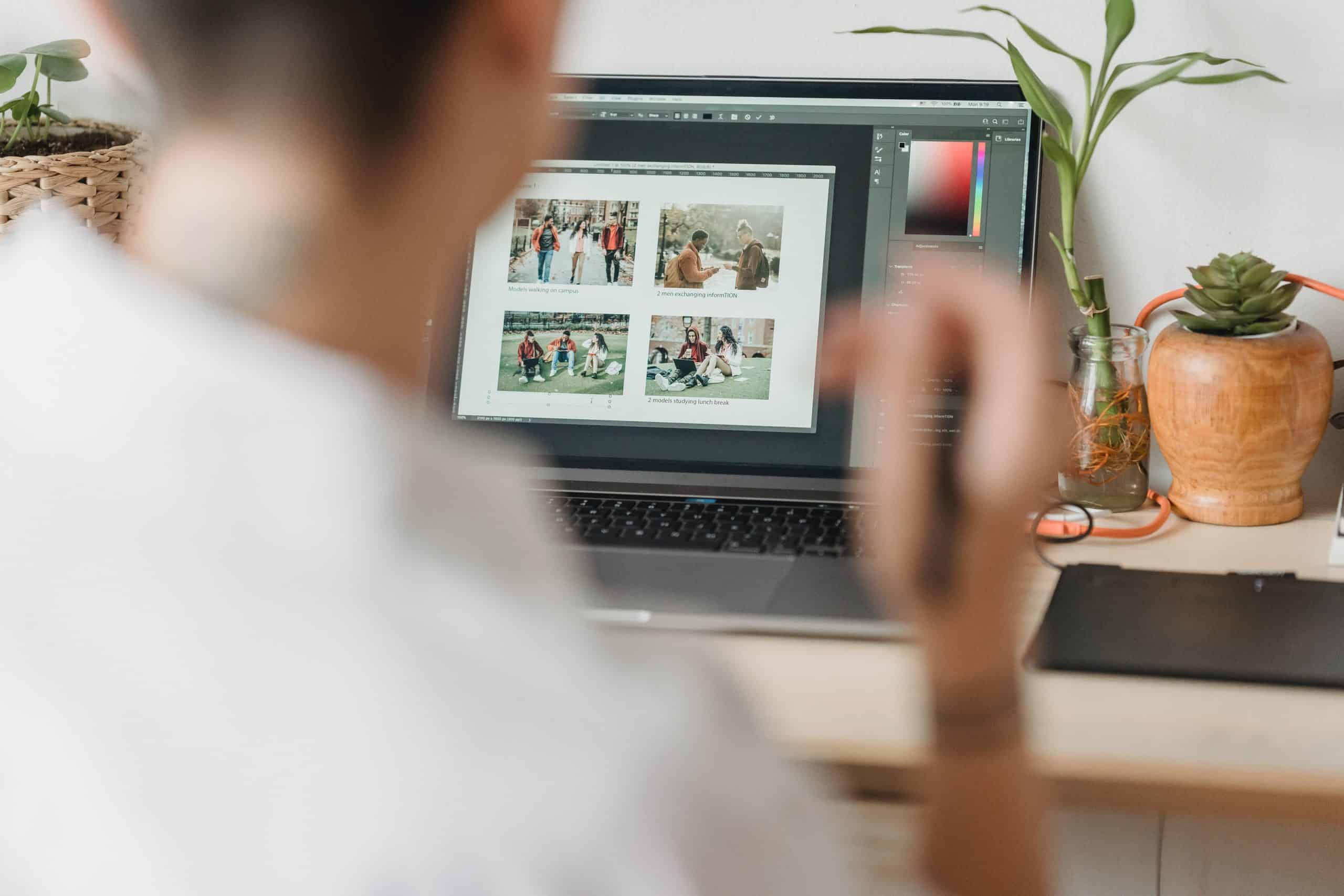Have you ever captured the perfect landscape shot, only to realize that it would look even better in portrait orientation? Whether you’re an aspiring photographer or a casual smartphone snapper, the ability to seamlessly transform a photo from landscape to portrait can take your imagery to new heights. In this article, we will unlock the secrets behind this transformation and provide you with all the tips and tricks you need to make it happen.
Using photo editing software to change orientation
Changing the orientation of a photo using photo editing software can open up a whole new world of creative possibilities. Whether you’re transforming a landscape shot into a stunning portrait or vice versa, tools like ResizeMyImage can make the process seamless and efficient. With just a few clicks, you can breathe new life into your photographs, offering viewers a fresh perspective and an entirely different visual experience.
But it’s not just about flipping the image. Photo editing software allows you to adjust the composition and framing to ensure that the final orientation feels natural and visually appealing. You have the freedom to experiment with various aspect ratios, cropping techniques, and other adjustments to achieve the perfect orientation for your specific needs. By taking advantage of these capabilities, you can enhance the impact of your photos and deliver truly captivating visuals that leave a lasting impression on your audience.

Step-by-step guide to rotating a photo
Rotating a photo is a simple yet crucial skill that can transform the entire look and feel of an image. To begin, open your desired photo in any photo editing software or app. Once the photo is loaded, locate the rotation tool, which may be represented by a circular arrow icon. Next, select the rotation direction – clockwise or counterclockwise depending on your preference – and adjust the angle until the desired orientation is achieved. It’s essential to preview your changes before finalizing to ensure that the rotated image aligns with your vision.
Another important aspect to consider when rotating a photo is maintaining its quality. To avoid losing clarity or creating skewed edges, make sure to use high-quality editing tools that preserve the integrity of the image during rotation. Additionally, exploring different orientations such as 90-degree rotations or custom angles can add depth and creativity to your photos beyond standard landscape and portrait orientations. Experimenting with various angles can breathe new life into an otherwise ordinary image, offering fresh perspectives and creative possibilities.
Retaining image quality during the process
When it comes to changing a photo from landscape to portrait, retaining image quality is crucial. One effective way to do this is by using non-destructive editing techniques such as layer masks and adjustment layers in photo editing software. These tools allow you to make changes without altering the original image, ensuring that the quality remains intact.
Another important factor in retaining image quality during the process of transitioning from landscape to portrait is understanding the resolution and file format of the image. Resizing an image can impact its quality, so it’s essential to work with high-resolution files and save them in a suitable format to minimize loss of detail.
Moreover, paying attention to details such as lighting, composition, and overall clarity while transitioning from landscape to portrait can greatly affect the final image’s quality. By keeping these factors in mind and utilizing non-destructive editing techniques, you can ensure that your photo maintains its visual appeal and professionalism throughout the transformation process.

Tips for composition in portrait photos
When it comes to composition in portrait photos, it’s essential to pay attention to the framing and positioning of your subject. One crucial tip is to use the rule of thirds to create a balanced and visually appealing composition. Placing the subject off-center can add depth and interest to the photo, drawing the viewer’s eye into the image.
Another important aspect is to consider the background when composing a portrait photo. A cluttered or distracting background can take focus away from the subject, so look for simple and clean backgrounds that complement rather than compete with your subject. Additionally, paying attention to leading lines and framing elements in your environment can create dynamic compositions that enhance your portrait photography.
Finally, don’t forget about lighting. The quality and direction of light can have a significant impact on how your portrait turns out. Experiment with different natural light sources or artificial lighting setups to find the most flattering illumination for your subject.
By considering these tips for composition in portrait photos, you can elevate your photography. But with a more in-depth portrait cropping guide you expand your skill set further and capture more compelling portraits that truly stand out.

Conclusion: Embracing the versatility of photo orientations
In conclusion, embracing the versatility of photo orientations opens up a world of creative possibilities. While many may feel more comfortable sticking to the traditional landscape format, experimenting with portrait orientation can add a new dimension to your photography. It allows you to capture subjects in a more intimate and personal way, emphasizing their facial expressions and body language.
Moreover, changing a photo from landscape to portrait can breathe new life into old images. It’s an opportunity to reframe and reimagine compositions, bringing attention to different details and perspectives within the same scene. So don’t be afraid to break away from convention and explore the unique storytelling potential that comes with embracing various photo orientations. Whether it’s for social media posts or personal projects, the adaptability of orientation can elevate your visual storytelling in unexpected ways.